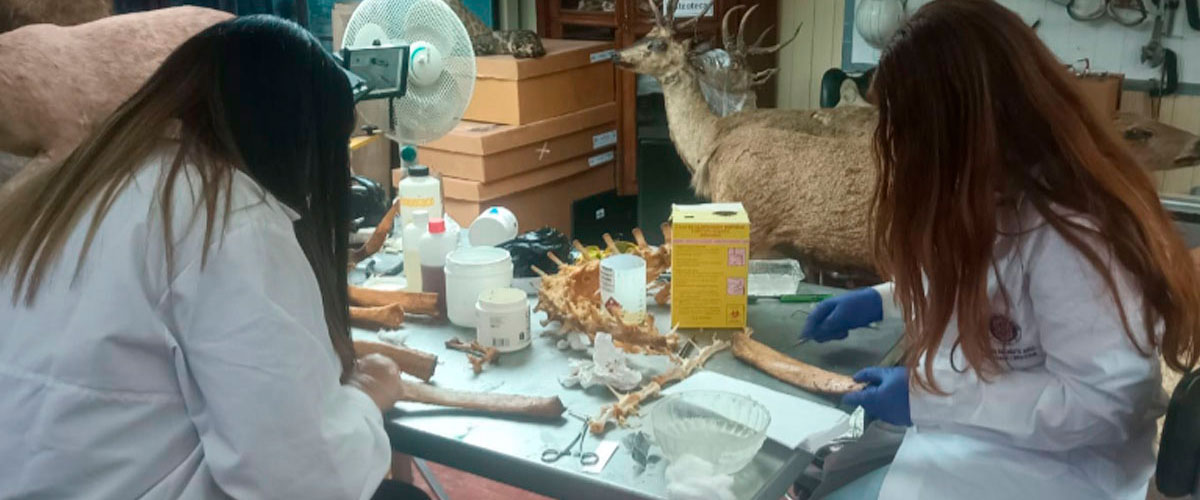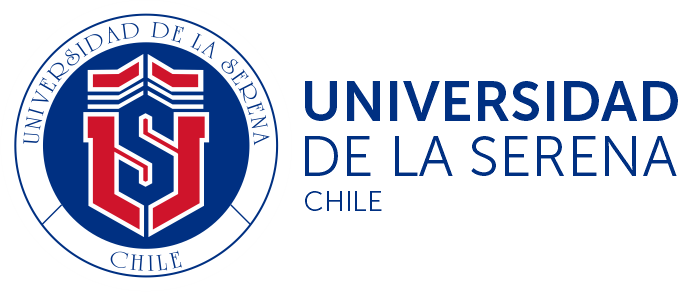- News
University student completed a successful internship at the National Museum of Natural History

The young woman is interested in scientific dissemination through taxidermy, giving life to animals that are no longer there, with the aim of preserving them for the natural heritage of Chile.
Kelmis Escárate Ricci, a fifth-year student of Pedagogy in Biology and Natural Sciences at the University of La Serena, is an assistant in the Applied Zoology subject for the Agronomic Engineering degree and is also a research intern at the ULS Ecological Entomology Laboratory. According to what he says, his motivation for the study of animals arose from a young age thanks to his time in the subjects of Invertebrate Biology and Vertebrate Biology & Conservation, where he reinforced his knowledge and promoted a future in this field. specialty.
During the summer of 2024, she served, for three weeks, as a collaborator in the Taxidermy Workshop of the National Museum of Natural History of Chile (MNHN), one of the oldest in Latin America in this area. There she performed osteotechnics, taxidermy and the restoration of the two previous ones, for which different techniques and tools were used.
“I plan to continue doing this after finishing my degree, which I really like and is what has pushed me to take paths like this, which are a great contribution. Now what I want to do is do another internship at some other institution in Chile and abroad, and also continue my postgraduate studies in this area. All this in pursuit of scientific dissemination through taxidermy, giving life to animals that are no longer there, with the aim of their conservation for the natural heritage of Chile,” says Kelmis.
In this context, this experience allowed him to work on some initial stages of conservation, such as the preparation of the skin, construction of the mannequin and assembly of some species of birds, mammals, and reptiles, including a European wolf, toucan, hippopotamus, ostrich and Nile crocodile. It is a task that can take months and requires knowledge of art and science.
From the ULS Entomology Laboratory, Professor Jaime Pizarro-Araya explained that in the course “we have a valuable teaching zoological collection that we use as an essential teaching resource. This collection not only serves as a study tool, but also allows students to explore and understand the morphological and functional diversity of animal species in our region and beyond. Additionally, taxidermy, carried out with great care, provides a unique opportunity to teach about the anatomy and behavior of the species.”
This internship was supported by the University, through the DIDULS, the DGAE and the Department of Biology. Thus, the student was able to move outside the region and live a learning experience in the specialty that she plans to carry out for her career as a teacher.
